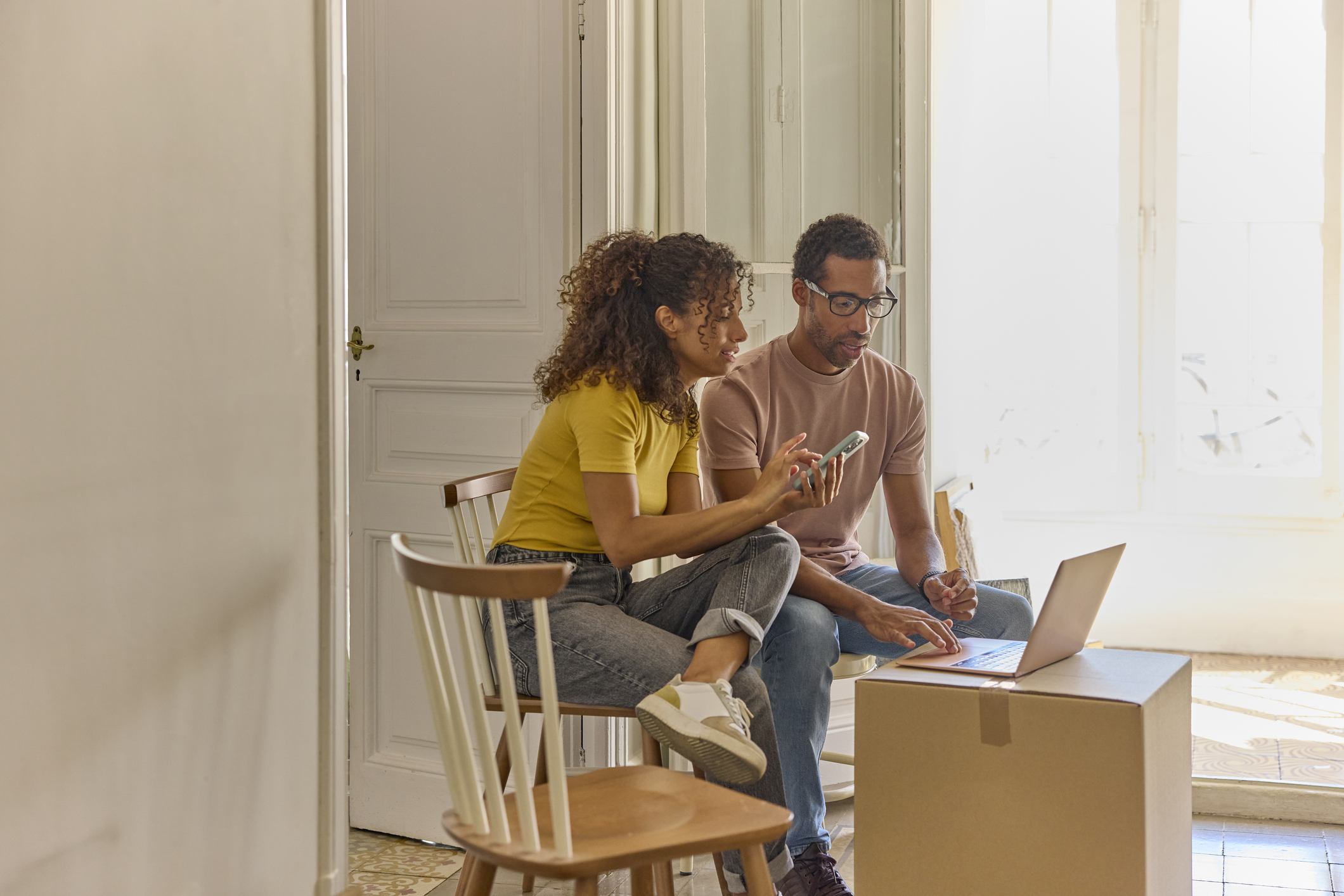Yield curve
A yield curve shows the relationship between the yield on securities and their maturities (how long it is until they can be redeemed at their face value).
Updated March 2022
Bonds are IOUs. You lend the issuer money for a set period, in exchange for a regular interest payment (coupon), and get your money back when the bond “matures”. Once issued, bonds trade on the open market, which means the price can rise or fall depending on the appeal of the coupon, and the issuer’s creditworthiness.
The coupon as a percentage of the bond’s price gives you the simple yield. The yield curve compares the yield on bonds of the same credit quality, but different maturities (so the Treasury yield curve charts the yields on everything from three-month US government debt to the 30-year Treasury). The curve normally slopes up from left to right, because longer-dated bonds typically yield more than shorter-term ones. That’s because money today is usually worth more than money in the future. Investors usually demand compensation for inflation over the period of the loan, which means the longer the wait, the higher the rate.
MoneyWeek
Subscribe to MoneyWeek today and get your first six magazine issues absolutely FREE

Sign up to Money Morning
Don't miss the latest investment and personal finances news, market analysis, plus money-saving tips with our free twice-daily newsletter
Don't miss the latest investment and personal finances news, market analysis, plus money-saving tips with our free twice-daily newsletter
If the yield curve starts to flatten – in other words, the gap (or “spread”) between yields on short-term bonds and long-term ones narrows – then it suggests that investors believe inflation will fall (and so they don’t need as high a yield from longer-term bonds to compensate for inflation risk); or that short-term interest rates will rise (driving up the yield on shorter-term bonds); or both. Either way, it implies that investors expect slower economic growth.
Eventually, a flat yield curve may give way to an inverted one. This means that investors expect interest rates in the future to be lower than they are today, meaning they are happy to lock in today’s yields on longer-term bonds, because they expect them to be even lower tomorrow. That in turn suggests that they expect the economy to slow down so drastically that the central bank will be forced to cut interest rates in the hope of boosting demand and renewing growth.
Watch Tim Bennett's video tutorial: Beginner's guide to investing: the yield curve.
Get the latest financial news, insights and expert analysis from our award-winning MoneyWeek team, to help you understand what really matters when it comes to your finances.
MoneyWeek is written by a team of experienced and award-winning journalists, plus expert columnists. As well as daily digital news and features, MoneyWeek also publishes a weekly magazine, covering investing and personal finance. From share tips, pensions, gold to practical investment tips - we provide a round-up to help you make money and keep it.
-
 Asia's new tiger economy: MoneyWeek Talks
Asia's new tiger economy: MoneyWeek TalksPodcast MoneyWeek's editor, Andrew van Sickle, speaks to Dragon Capital's Thuy-Anh Nguyen about Vietnam's remarkable rise
-
 How much do you need to earn to afford the average rent?
How much do you need to earn to afford the average rent?Rental growth is slowing and making rents more affordable for tenants, but what hwo much do you need to earn to afford the average UK rent?

